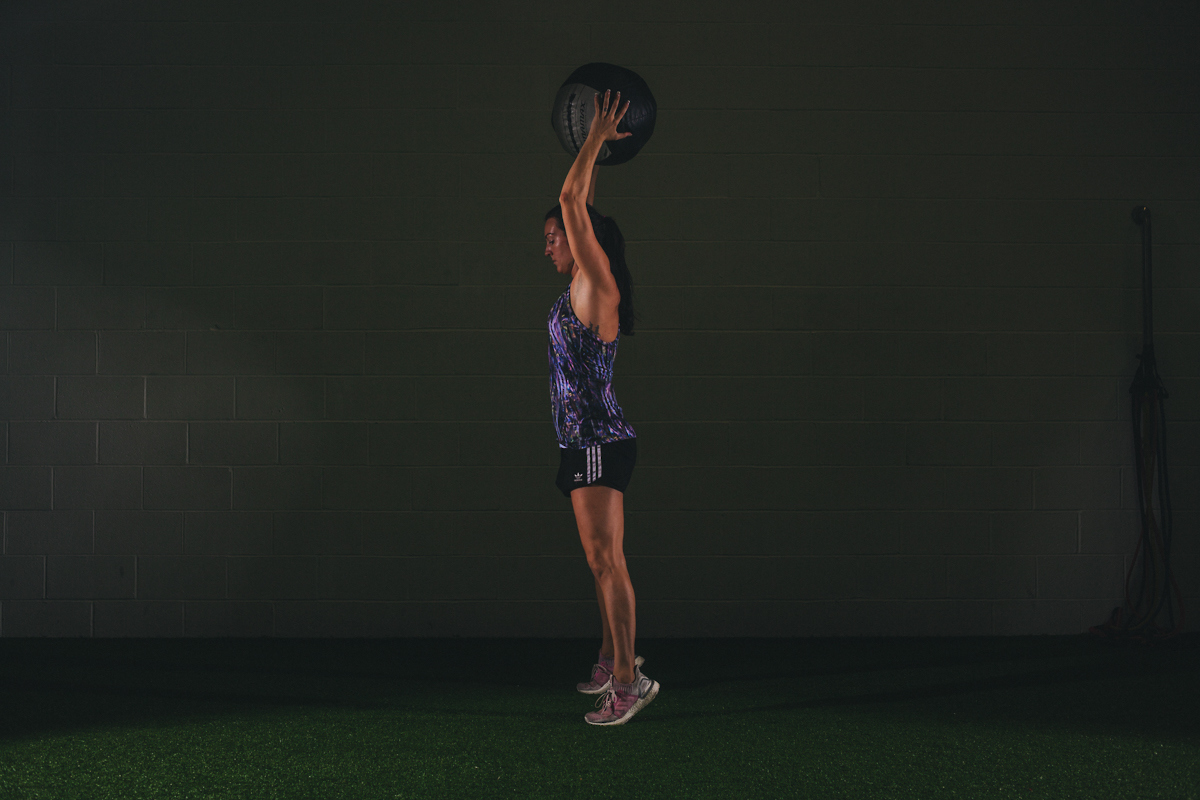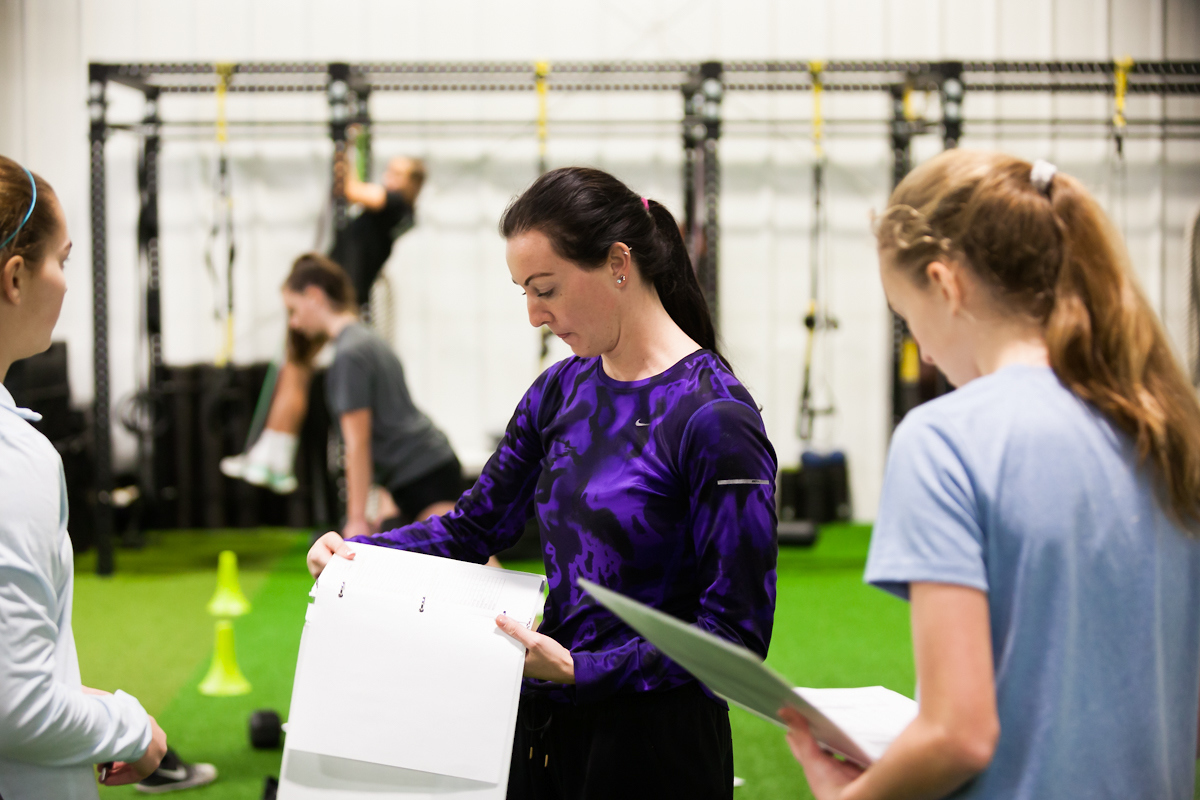
03 Mar Making Time For Strength and Conditioning In Youth Sports
I know, I know.
Making time for a strength and conditioning program in youth sports is tough.
It sounds as insurmountable as battling a White Walker with nothing but a butter knife on-hand.
It sounds as impossible as a spotting a vegan at a hot dog eating contest.
It sounds as challenging as a light saber duel against Darth Vader.
It sounds as burdensome as carrying the Ring of Power across Middle Earth.
I get it.
Squeaking in a comprehensive strength and conditioning program amidst the madness of ID camps, tournaments, showcases, and three practices a week is not an easy task.
Or, at least, on the surface. What people are misinformed about is it’s easy to make this work.
Yes, like piece of cake easy.
Yes, like calling Uber eats take-out sushi easy.
Yes, like Starbucks drive-through easy.
Yes, like playing Candyland easy.

Oh! That reminds me.
Candyland is an excellent metaphor for youth athletic development: it’s easy to take two steps forward, yet four steps back.
With the draw of a card, you’re either on your way to the mystical magical land of lollipops and speed development, or on your way back to the muddy swamp of untapped neural adaptation and strength and power optimization.

Discontinuing strength and speed work after all of the hard work of off-season is a slippery slope that can derail kids from reaching their goals. In-season training, to that end, is a necessity.
Looking at the research, a three week cessation from strength training causes regression in performance.
McMaster et al. (2013) say that strength levels decline after the three week point in elite male rugby and football players. The authors also suggest that strength can be built or maintained in as few as two workouts per week.
However, the depletion of strength varies depending on where athletes are in their growth spurt. Meylan et al. (2013) suggest that athletes who have not hit their growth spurt lost their strength quicker compared to youth athletes who have hit their growth spurt.
With that said, taking too much time off from strength training regresses young athletes.
Youth strength and conditioning is about momentum and compounding the critical, neurologically-driven skills of movement over time – balance, stability, coordination, mechanics.
Then once mastered, we’re onto the fun, hardcore feats of building strength, power and speed.

The only difference between athlete development and Candyland is, young athletes control their fate. Yes, it’s that cool!
They choose their cards, and whether they want to keep moving forward toward their goals, or return back to the beginning.
In-season training is paramount.
With meticulous planning and a strength coach who isn’t an idiot and programs high volume hypertrophy and conditioning work with burpees and climbers and hour-long circuits amidst game schedules, your child is in good hands during the season.

I repeat: year-round strength and conditioning is a necessity nowadays.
As much as people are scared at the idea of being in the weight room with clanking barbells and added training on top of practices and games, it’s the best thing a child can do for their maturing, vulnerable bodies.
Too, when people hit me with the, “well we’re just too busy with all of these practices and games!” my reply is, “I’m concerned your children aren’t strong enough to handle this amount of load.”

And it’s the truth: kids must load their muscles in order to handle load from games.
Team sports are taxing and include hundreds of multi-directional movements, fatiguing eccentric actions, and absorbing of high forces, so what are kids doing to be resilient to all of this?
Here is a video diving in further:
Moreover, what are kids doing as they go through growth spurts to continue to progress, and be a step ahead in their speed and strength, so they surpass their peers when they reach high school and an elite level?

Over the past 8 years of coaching, the athletes I have seen blossom in the critical years of high school, as well as peak in college have been the ones who have made strength and conditioning a priority since middle school.
They know how to connect their brain to their body’s actions.
They know how to scan.
They know how to control their agility in spontaneous environments.
They know how to problem solve.
They know how to run fast.
They know how to cut, juke and fake sharply.
They know how to handle force in all planes of motion so they don’t blow out a knee.
And the qualitative feedback from video shows:
It’s so nice to review footage and see how smooth everyone is moving after years of consistency.
Minimal compensations. Efficient change of direction. Stable trunks. Aggressive arm swings. Posterior recruitment. Coordination. Strong, resilient bodies.
Too, so do the numbers.
Here is a list of performance improvements (lower body power, speed, and strength) from one year of consistent training for my most consistent middle schoolers, who did speed training 2-3x a week at my facility in Baltimore, Maryland:
Athlete 1
Broad Jump: 5’5″ (2019) 6’8″ (2020)
10-Yard Sprint: 1.85 (2019), 1.81 (2020)
20Yard Sprint: 3.48 (2019), 3.12 (2020)
Vertical: 19.1 (2019), 20.2 (2020)
Pull-Up: 0 (2019), 3 (2020)
Athlete 2:
Broad Jump: 6’5″ (2019) 7’4″ (2020)
10-Yard Sprint: 1.82 (2019), 1.80 (2020)
20Yard Sprint: 3.39 (2019), 3.10 (2020)
Vertical: 19.3 (2019), 21.6 (2020)
Pull-Up: 3 (2019), 7 (2020)
Athlete 3:
Broad Jump: 6’4″ (2019) 7’0″ (2020)
10-Yard Sprint: 1.92 (2019), 1.81 (2020)
20 Yard Sprint: 3.32 (2019), 3.12 (2020)
Vertical: 19.5 (2019), 20.5 (2020)
Pull-Up: 0 (2019), 2 with weight (2020)
As a coach who preaches meeting kids where they are, as well as leaning into the gradual process of development and maturation, it’s amazing to see everything come together after one year of consistent training.
Form cleans up.
Arms no longer flail during change of direction.
Strength improves.
Speed skyrockets.
So with that said, now that we know that year-round strength and conditioning is a must, how do we fit it in?
How do we ensure kids are still progressing in speed, first step, and strength, while remaining resilient to injury?
How do we alleviate chronic muscle soreness from games and practices?
How do we make time for strength and conditioning programs?
Let’s do this.
Option 1: Make time and commit.
I know this is obvious, but hear me out: in-season training does not need to be anything crazy. As a general rule of thumb, twice a week for 45-60 minutes at minimum is all that is needed to keep kids improving.
And for those who think this is “too much” let me ask you this: what do you value for your child?
No really.
What do you value?
Perhaps it’s an injury-free season.
Perhaps it’s continued physical development and speed.
Perhaps it’s confidence in their strength.
Perhaps it’s them peaking by the time they reach college.
If these are high on the value ladder for you, making time for strength and conditioning to keep your child healthy should be easy.
When values are in alignment with actions, the results are beautiful, and dreams are easy to achieve.

Hip strengthening and core stability are two things I’m looking at most during the in-season. It is critical to continue these areas so kids can change direction with control and pace without twisting an ankle or knee.
Even if this means doing band work at home, or bodyweight resistance training against gravity in your living room while watching Stranger Things, make the time.
Over the years, these tiny, daily habits amount to something tremendous.
Which brings me to my next option…
Option 2: Online Coaching
For the parents out there, how many of you are tired of driving to yet another training session? Just another facility you sit outside of in your car as you listen to podcasts.
Well, fear not. Enter: online training.
More youth strength and conditioning coaches are training athletes online to make it more convenient for all, and to keep everyone moving year-round.
Even the young athlete enjoys this because they can get some homework done at home, then go in the basement to do their workout.
It’s a win-win for all. The parents don’t have the hassle to drive more. The athletes can do their workout any time of day, whether that is before or after school, or right before bed time.
No set gym hours. Just flexible schedules.
But what about accountability?
Given the online coach works with a plethora of athletes in person, you’re also in good hands.
They understand that connection and high level coaching is needed to hold remote athletes accountable and ensure they are progressing and nailing down technique.
Option 3: Hybrid Online-In Person Coaching
Now, if you need a live human, then the hybrid model is a great fit. Usually with this one, once a week in person and once a week remote is the best template here.
I recommend this one for people who live about 60-90 minutes from their trainer’s facility, who have the intrinsic motivation to work out at home, yet still want the added competition and energy of the trainer and group in person.
Option 4: Club-wide Programming
By now, youth clubs need to seriously consider a year-round strength and conditioning program.
Even if it is setting a standard for how a warm-up is conducted, that is a great start. The warm-up needs to be dynamic, with multi-directional actions transferrable to the game, landing mechanics, coordination, and hip activation.
Research shows that the FIFA 11+ which takes 10 minutes to perform, shows significant improvement in injury reduction compared to conventional warm ups of jogging laps. You can read this study here, here, and HERE.
Oh, and please stop butchering side shuffling. <— proper side shuffling = injury prevention, too.
For sample warm-ups, in-season, off-season and recovery programs, you can sift through Google, but sometimes, this ain’t enough.
With hundreds of programs out their on the web, people still aren’t executing them.
So this begs the question: does your club need to hire a consultant or club-wide performance coach, or refer out to one in your area? This way, more investment is required for detailed mentoring and guidance and quality programming, which means more adherence and success.
Sure, there’s no money profit in it for clubs to add another expense with a strength coach, but at least the young athletes get an emotional and physiological profit for their development.
Boom.
By making time for year-round strength and conditioning, we are doing our young athletes a major service by boosting their resilience to injury, and ability to handle the volume of games, but also, we are improving the most dynamic actions in the game, from accelerating, to changing direction, to sprinting onto a diagonal ball, to transitioning rapidly to a counterattack.
Don’t wither away in-season. Ever.
It’s worth mentioning, too, that using “busy” as an excuse to not make strength and conditioning a priority is setting a bad example to kids.
When they become adults with a real world, full-time job, kids of their own, and adulting obligations like paying bills and doing chores, will they still use “too busy” as an excuse to not take care of their fitness? Their weight? Their cardiovascular health? Their mental health and confidence?
Let’s hope not.
References
McMaster, D. T., Gill, N., Cronin, J., & McGuigan, M. (2013). The Development, Retention and Decay Rates of Strength and Power in Elite Rugby Union, Rugby League and American Football. Sports Medicine, 1-18.
Meylan, C. M. P., Cronin, J. B., Oliver, J. L., Hopkins, W. G., & Contreras, B. (2013). The effect of maturation on adaptations to strength training and detraining in 11–15‐year‐olds. Scandinavian Journal of Medicine & Science in Sports. DOI: 10.1111/sms.12128
For more sample programs for youth soccer strength and conditioning, get Total Youth Soccer Fitness HERE.
For online coaching or team consulting, contact me HERE.


No Comments